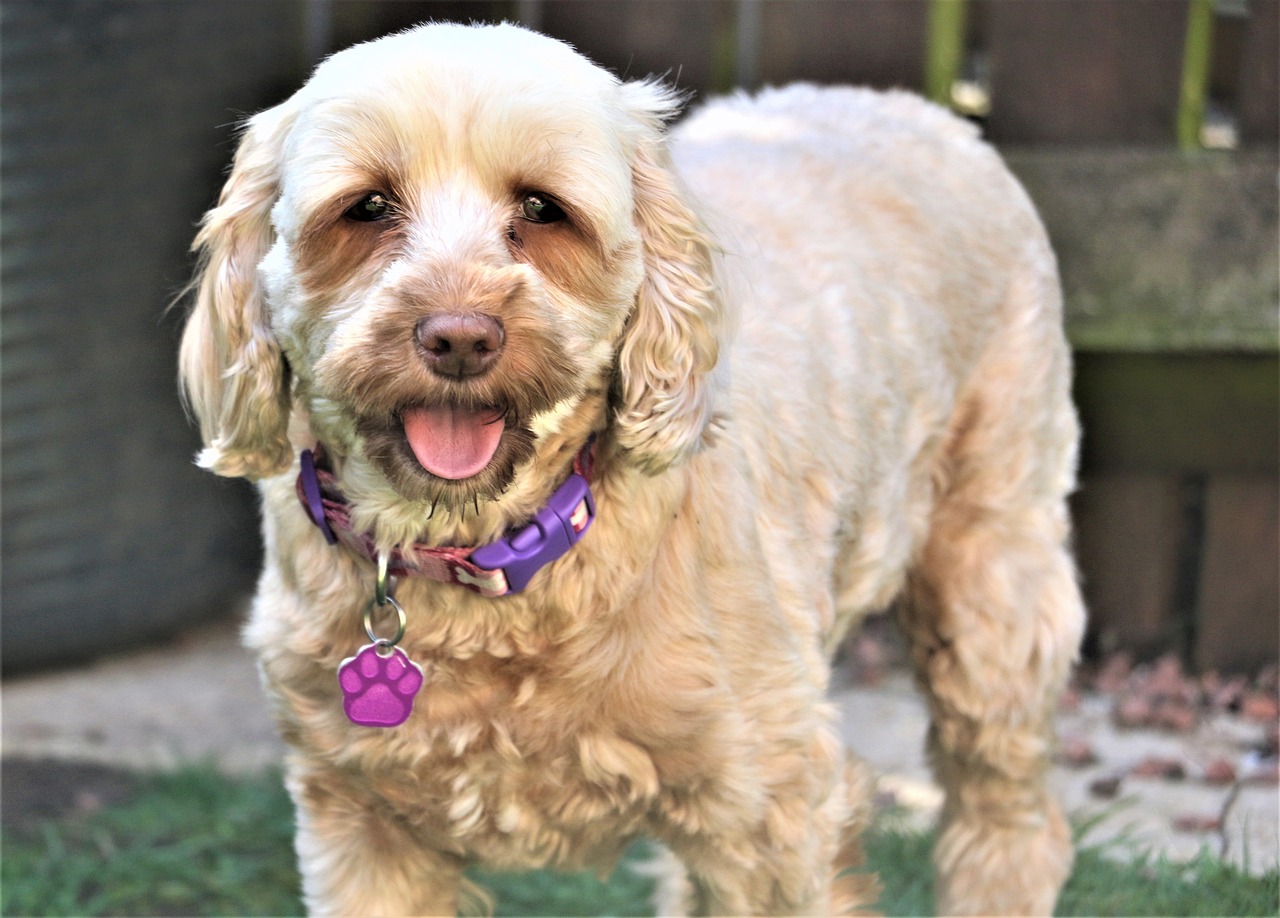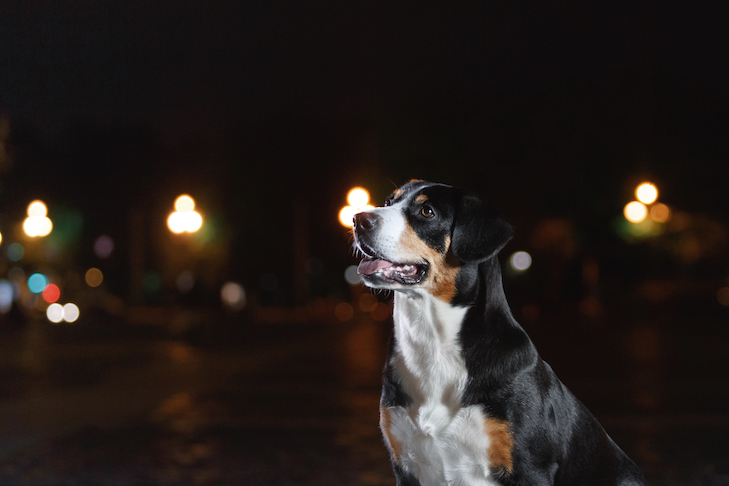
Except for the rare case of birth defect or disease or suffered a trauma that impacts their sight they have excellent vision. However, just because they see well doesn’t mean that they have the same shades that humans can. A lot of people believe that dogs can only see white and black however that’s not factual.
What is Color Blindness?

It is referred to as color deficiency since people who are color blind cannot perceive the colors that are normally visible. Color blindness isn’t the same as achromatopsia in which only white, black, and gray shades can be observed. In order to be able to recognize normal colors, at least three different types of photoreceptors inside the eye, referred to as cones, must be present. When light bounces off an object then it enters the eye and is absorbed by different kinds of tiny photoreceptors. This sends a signal to the brain that tells us the color we perceive. If you suffer from color blindness certain types of photoreceptors have gone missing or do not function correctly. This means that certain colors aren’t being properly perceived and that the individual is color blind.
What colors do dogs see?

Humans generally have three kinds of cones, the portion of our eyes that allow us you to perceive colors. However unlike us the dogs have just two kinds of cones. Humans can see more variety and vibrant colors than dogs. Dogs don’t only see in white, black and gray. The two kinds of cones that dogs have allowed them to see shades of blue, yellow and brown in addition to black white, gray, and black. They aren’t able to see green or red however the dog sees the colors green and red as shades of gray or brown.
Since dogs aren’t able to see the green and red colors Choose shades of blue and yellow when picking the right pet toy. These colors can be perceived as the true hues which makes them more appealing to dogs. This is the reason tennis balls that are yellow are loved by dogs, even though they do not see them as clearly as we do.
Night Vision

While cones can be crucial in recognizing colors and fine details however other areas of your dog’s eyes have different roles in their visual. Rods are a different kind of receptor found in the retinas of your dog and are more common than cones. 1.. Rods are the ones responsible for detecting the brightness of objects, and therefore they determine the quality of vision a dog is able to perceive light at night. They also aid dogs identify the shape and size of objects, as well as how clear their peripheral vision is. Since dogs have rods than cones inside their eyes and their night vision is far superior to their ability to discern colors.
Alongside the cones and rods that are located inside the retina. The tapetum also is an area of the eye located just behind the retina. It is responsible for reflecting any light that enters the eye. It can further improve the night vision of dogs. Humans don’t have a lucid tapetum, however other animals, such as ferrets, cats as well as fish have.
Visual Acuity
The dogs may have fantastic night vision however they do not have flawless eyesight as compared to human. The average visual acuity of dogs is 20/75 as in comparison to 20/20, which is the standard visual acuity for humans. That means that the human eye can detect the details of something from 75-foot distance the dog would have to be at least 20 feet away for them to begin seeing the exact same features. 2
If you take all of these things into consideration, you might believe the eyes of yours are better than your dog’s eyes because you have better vision and discern more hues, but this isn’t the case. Their eyes aren’t any different from ours. What they lack in ability to see in the daytime is more than they make the up with their superb night vision.